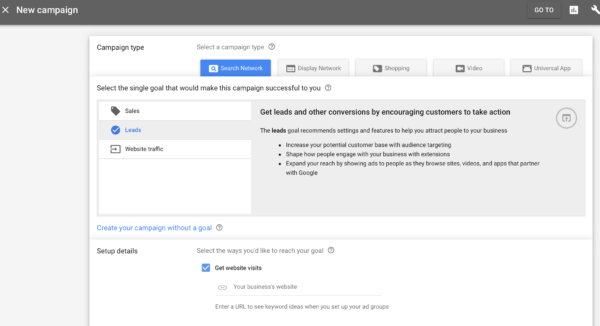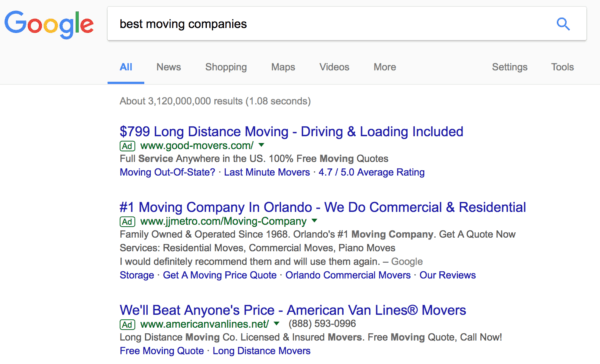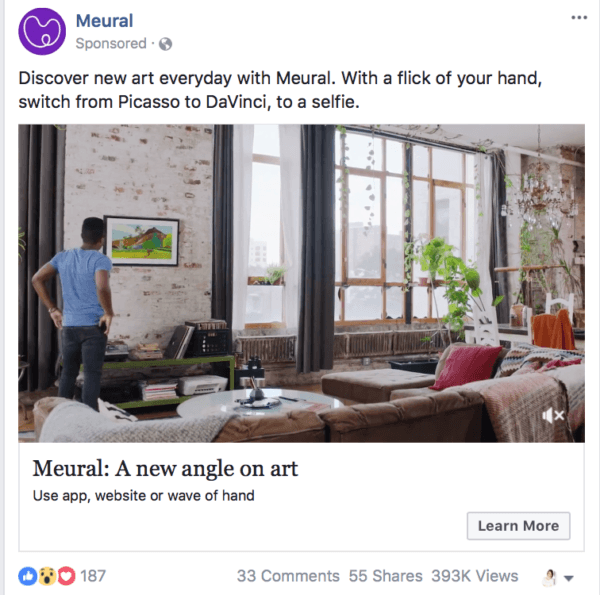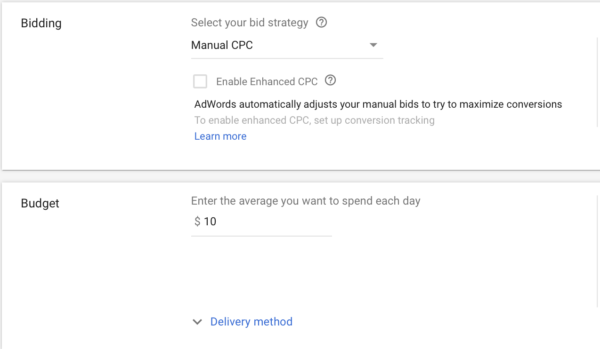Pay-Per-Click Marketing: Everything You Need to Know About PPC
by Ana Gotter • December 28, 2018
What is pay-per-click marketing? Is it worth the money? Does it actually produce profitable results? When it comes to pay-per-click (PPC) advertising, most people have a lot of questions.
The business world is full of old wives’ tales (for example, “business isn’t personal”…really?), but a few of these clichés are actually spot on. For example, one classic business saying is pretty much dead on: you can’t make money without spending money first.
This axiom is absolutely true and it’s something we sometimes need to remind clients of when they’ll happily spend a couple grand on great equipment but don’t want to drop a dime on marketing. Building your business is an investment and you’ll never see the pay off without investments of both time and money into marketing.
For many businesses, PPC marketing is an essential part of that investment and, in this post, we’re going to go over everything you need to know to get started.
What is Pay-Per-Click Marketing?
PPC stands for “pay-per-click”. PPC advertising platforms allow you to create content, show it to relevant users and then charge you for specific actions taken on the ad. In many cases, you’ll be paying for ad clicks that take users to your site, but on some platforms you can also pay for other actions like impressions, video views and on-site engagements.

PPC advertising is an incredible opportunity to give your business a leg up by putting your brand and products in front of interested users who may never have found it otherwise. Unsurprisingly, it can be an irreplaceably valuable tool for building brand awareness, generating leads and driving conversions.
Why Can’t I Just Rely on Organic Search?
It doesn’t matter how incredible your business is, how optimized your site is or how much your customers love you—if you aren’t a mega corporation like Nike or Office Max or Macey’s, you’re probably going to struggle to show up at the top of the search engine results page. This is especially true if you’re trying to rank for highly competitive searches where customers are looking for specific products.
That being said, you should absolutely optimize your site for search. However, great search optimization can’t make up for the kind of sheer exposure that pay-per-click advertising can provide you. Especially since your competitors will be using the platforms, even if you aren’t. That in and of itself is worth the financial investment.
What are the Most Popular PPC Platforms?
Even if you’re still getting your head wrapped around the concept of PPC, I guarantee that you’re very familiar with plenty of PPC platforms, each of which has their own unique benefits and best uses. The two biggest PPC platforms are:
- Google Ads, where ads are shown to customers based off their searches. Google Ads’ best value comes from showing your ad content to users who are actively looking for what you have to offer and are further along in the buying cycle.

- Facebook Ads, which has an unparalleled targeting system (and also allows you to advertise on Instagram). Facebook Ads has two main strengths: retargeting based on segmented marketing and custom audiences and the ability to introduce your brand to customers who didn’t know they wanted it. Google Ads is all about demand harvesting, while Facebook Ads is all about demand generation.

There are also many other PPC platforms out there, many of which exist on social media sites. These include:
- Twitter Ads
- Promoted Pins
- LinkedIn Ads
- Quora Ads
- YouTube Ads (which are technically part of the Google Ads system)
Many businesses like to stagger their ad spend between different ad platforms in order to get the most benefits possible from each. Almost all pay-per-click campaign platforms (and certainly each of the ones listed here) utilize a bidding system.
Why Does PPC Advertising Involve Bidding?
Almost all PPC platforms use a bidding system. Advertisers will choose a “bid”—the amount that they’re willing to pay for a single action (like a click)—which will factor into how many placements their ad campaigns get.

The fact of the matter is, there are only so many placements to give out. Bidding evens the playing field in some ways, letting those who are willing to pay more get those spots. It doesn’t hurt that this helps the PPC platforms make as much money as possible.
Some platforms take more than just bid into consideration about how gets a placement, however.
Facebook Ads and Instagram Ads take relevance and ad engagement into consideration. Ads that perform well are given a higher relevance score and are given more impressions at a cheaper price than ads with low relevance. Similarly, Google Ads assigns ads a quality score based on factors like keyword relevance and landing page quality that can affect how much you pay for each click.
How Much Should I Spend on PPC Campaigns?
There are two big complaints that I often hear from clients about PPC marketing. The first is that it feels a little overwhelming when they first get started, though this typically goes away after they’ve set up their first campaign. The second is that it’s expensive.
No argument there. At Disruptive, we’ve audited thousands of PPC accounts and seen a lot of wasted ad spend.
But, PPC advertising doesn’t have to be a waste of money. Yes, it will always cost money, but if you do it right, you can invest a little money and reap huge dividends! (remember that business axiom we were talking about at the beginning?).
Essentially pay-per-click ad spend can be broken down into two areas: how much you can afford to spend on a single campaign (total ad budget) and how much you can afford to spend for individual results (your bid).
Your total ad budget will be defined by your marketing budget, so that’s simple enough. If you can afford to spend $500, great, go for it. If you can afford $50, that’s great, too.
How much you can spend per bid can be a little tricker to calculate, but consider your acquisition costs carefully. For product sales, this is pretty straightforward—you probably afford to spend $1 per click on a product that’s $70, even if only 25% of clicks end up turning into sales ($4 per sale).
Sometimes, though, it’s a bit more difficult to calculate—what about leads, or on-platform engagement?
If the value of a lead or engagement is a bit unclear, I recommend you take a close look at the lifetime value (LTV) of your customers. Don’t just think about how much profit they’ll bring in on the first sale, consider how much your average customer spends over the lifetime of their relationship with you. Compare this against your conversion rate and you’ll be able to better assess how much you can afford to bid.
Final Thoughts
Pay per click advertising can be intimidating at first, but PPC marketing is an incredible way to attract traffic, leads and sales. PPC can put you in front of audiences who are actively trying to find products and services just like yours, as well as audiences who had no idea that products like yours existed.
No matter how overwhelmed you feel, remember that even PPC experts don’t get things right the first time. They are constantly testing and trying new things. If you’re willing to test out different ideas, regardless of which platform you choose, you’ll eventually figure out what works and what doesn’t.
Want to skip the trial and error part of the equation? You can always hire PPC experts to make sure that your campaigns are running smooth as butter. Get in touch with us here at Disruptive Advertising to learn more about how we can help you with your PPC campaigns.
What do you think? Which PPC platforms do you use most often? What percentage of your ad spend to you invest in PPC advertising? Leave us a comment and let us know what you think!




